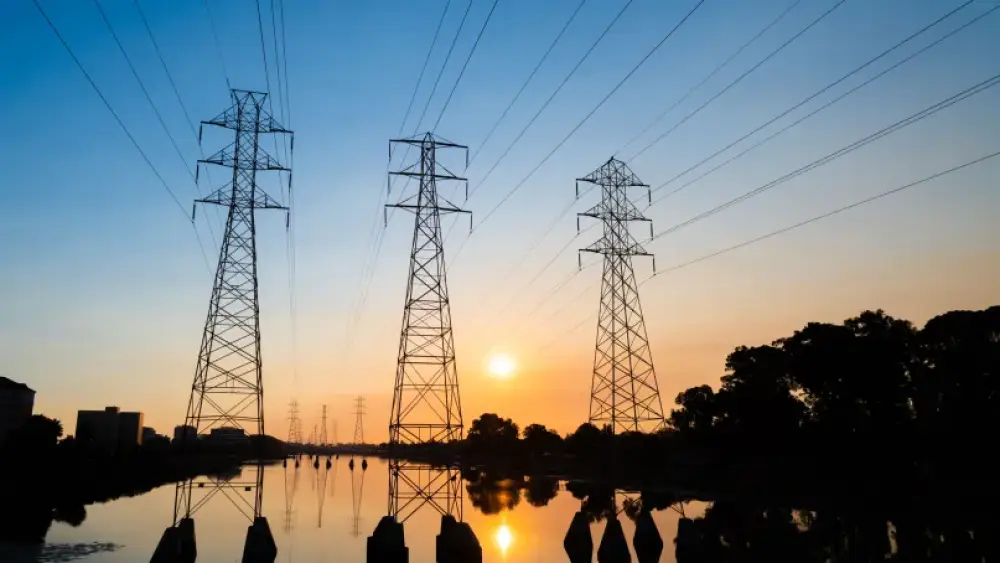
California trở thành bang đầu tiên ở Mỹ dùng AI tạo sinh để quản lý mất điện
-
California sẽ là bang đầu tiên tại Bắc Mỹ triển khai AI để quản lý mất điện, theo công bố của CAISO (California Independent System Operator).
-
Phần mềm được dùng là Genie, do tập đoàn năng lượng OATI phát triển, ứng dụng AI tạo sinh để phân tích sự cố lưới điện theo thời gian thực.
-
Genie có khả năng quét báo cáo sự cố bằng AI, tìm từ khóa liên quan đến bảo trì, tổng hợp dữ liệu từ các phòng ban và tự động tạo báo cáo, giúp tiết kiệm hàng trăm giờ nhân lực mỗi năm.
-
Trước đây, các kỹ sư của CAISO phải đọc thủ công từng báo cáo sự cố, nhập tay vào phần mềm để tính toán ảnh hưởng – quy trình thủ công, tốn thời gian và dễ sai sót.
-
Nếu Genie chứng minh được độ tin cậy, CAISO có thể mở rộng vai trò của nó sang các chức năng khác trong hệ thống điện, không chỉ dừng ở xử lý mất điện.
-
Hệ thống điện tại Mỹ hiện sử dụng các công cụ nội bộ cũ kỹ từ hàng chục năm, thiếu khả năng phân tích liên ngành như AI hiện đại.
-
AI có thể giúp tăng hiệu suất xử lý năng lượng tái tạo, cải thiện dự báo thời tiết, và tối ưu hóa hệ thống sạc xe điện, theo báo cáo của Bộ Năng lượng Mỹ.
-
Tại New South Wales, Úc, AI đã được triển khai từ tháng 2/2025 để điều chỉnh lượng điện mặt trời từ mái nhà hòa vào lưới, dựa trên dự đoán sản lượng điện theo thời gian thực.
-
ERCOT (Texas) cũng đang cân nhắc triển khai công nghệ tương tự như Genie, trong khi PJM (hệ thống điện lớn nhất nước Mỹ) đã ký kết với Google để dùng phần mềm Tapestry cho lập kế hoạch khu vực.
-
Charles Hua, giám đốc tổ chức PowerLines, cho biết AI không chỉ phục vụ nhu cầu năng lượng cho trung tâm dữ liệu, mà còn có thể hiện đại hóa và tăng khả năng phục hồi của lưới điện Mỹ.
📌 California tiên phong dùng AI tạo sinh để quản lý mất điện với phần mềm Genie của OATI, giúp tự động phân tích hàng trăm sự cố trong thời gian thực. Đây là bước khởi đầu cho tự động hóa toàn bộ ngành điện, với kỳ vọng AI sẽ hỗ trợ phân phối năng lượng tái tạo, xử lý gián đoạn, và tối ưu hóa hệ thống điện toàn diện trong tương lai.
https://www.technologyreview.com/2025/07/14/1120027/california-set-to-manage-power-outages-with-ai/
California is set to become the first US state to manage power outages with AI
Thảo luận
Follow Us
Tin phổ biến



